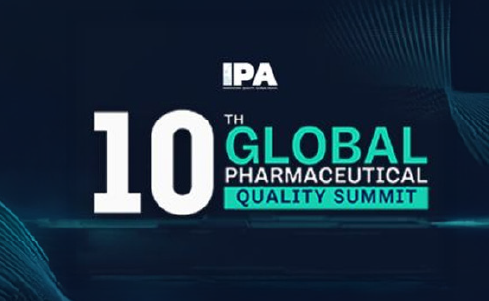The idea of Aatmanirbhar Bharat cannot be discussed without the mention of India’s USD 41-billion pharmaceutical industry. With a net annual trade surplus of USD 13 billion, it is one of the top five sectors which reduces the trade deficit. In this interview, Sudarshan Jain, Secretary-General of Indian Pharmaceutical Alliance (an organisation which represents research-based pharmaceutical industries), weighs in on the role the Indian pharmaceutical industry will play in making the country self-reliant and evaluates the policy initiatives taken by the Centre. According to him, the idea of an Aatmanirbhar Bharat involves more than self-reliance. It means moving up the value chain by developing breakthrough innovation and consolidation and expansion of export markets in the sector
What is the current size, growth-rate, potential, and overall outlook of the pharmaceutical industry in India?
India has a rapidly growing and robust pharmaceutical industry with considerable manufacturing expertise. The Indian pharmaceutical industry is the third-largest by volume and the 11th-largest in value terms. The size of the industry is USD 41 billion, with equal contribution from exports and domestic sales. The net annual trade surplus is USD 13 billion. It is one of the top five sectors reducing the trade deficit. As affordable medicine providers, Indian companies are among the world leaders in the production of generics and vaccines. The COVID-19 pandemic has posited India as a dependable partner when it comes to supply of medicines and as a ‘Pharmacy of the World.’ Globally the Indian pharmaceutical industry has contributed 20 percent of the total volume of generic medicines. India supplies over 60 percent of global demand for various vaccines and ARV drug supplies, 30 percent of UNICEF’s annual supply globally, about 60-80 percent of UN purchases of drugs, approximately 57 percent of Active Pharmaceutical Ingredients (APIs) and 69 percent of Finished Pharma Products (FPP) to the World Health Organisation’s (WHO) Pre-Qualified list. The Indian pharmaceutical industry is poised to grow at 11-12 percent CAGR, and post annual revenues of about ~USD 120-130 billion by 2030.
What importance does the pharma sector hold towards the realisation of the Aatmanirbhar Bharat initiative?
The release of guidelines on Production Linked Incentive (PLI) Scheme for promotion of domestic manufacturing of critical Key Starting Materials (KSMs)/ Drug Intermediates (DIs) and APIs by the government is a major step in the creation of a self sufficient healthcare ecosystem in the country. Another much needed boost has come in the form of ‘Promotion of Domestic Manufacture of Bulk Drugs Scheme,’ which has set the wheels in motion for the re-ignition of the bulk drugs industry. Going forward, the implementation of the scheme will be key to achieving the objective of self-reliance. The industry is assessing these schemes in detail.
What are the current challenges that need to be addressed as India sets out on this journey?
The COVID pandemic has exposed some serious structural challenges that the pharma industry faces across the value chain. Severe impact is envisaged on account of: (a) Unprecedented increase in API prices (primarily because of dependence on China); (b) Sharp rise in manufacturing costs; (c) Increase in storage and transportation costs. These challenges need to be addressed soon. Price liberalisation is important to invest in quality and research. From a long-term perspective, some changes are needed in the regulatory and governance system to solve issues such as those related to approval timelines, process complexities, lack of consistency in the review and approval processes, and capacity constraints. Currently, multiple agencies are involved when it comes to product approvals and it takes 50-85 months’ time in India compared to 23-26 months’ times in the US. Going forward, it is imperative that the industry focuses on technology and innovation. In the next 10-15 years, Indian pharma must build strong capabilities in biosimilars development, complex generic, proprietary products and novel technologies. In addition, we must create a vibrant innovation ecosystem, ensure availability of funding through government grants and venture capital to foster innovation, simplify regulatory procedures and create a stable and supportive regulatory environment, and facilitate collaboration/idea-sharing between start-ups, universities and companies. The industry must move up the value chain and aspire to develop breakthrough innovations and therapies in addition to high quality generics. Moreover, we must also consolidate and expand export markets and explore new geographies
Why does India continue to lag behind in R&D? What should be done to improve things?
While the industry was one of the first to initiate biosimilar development and launch in the Indian market, successes in the developments at scale of next generation product classes such as gene therapy and specialty drugs have started recently. Indian companies have been slow to grow in the innovation space. There is huge scope for improving collaboration between industry-academia, industry and government and other relevant stakeholders on innovation focussed research initiatives. Spurring innovation in new product classes can usher-in the next leg of growth for Indian pharma industry. The biosimilars market could exceed USD 60 billion by 2030. Should the Indian Pharma industry capture even 10 percent of this market, it could grow by 13 percent.
This article was originally published on PSU Watch

